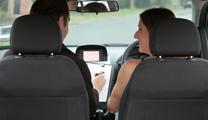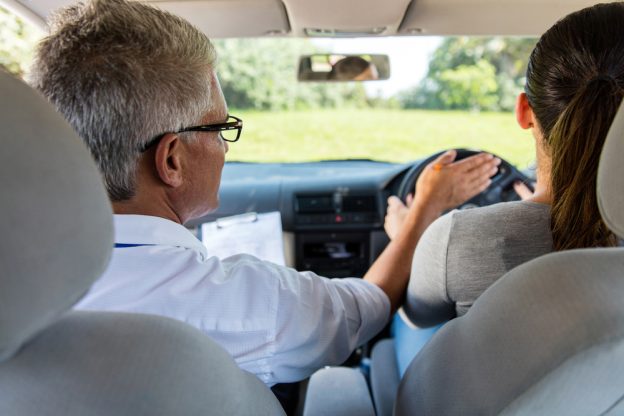After passing your test you will reach a time when you feel ready and confident to face the motorways. This is an opportunity to improve your confidence with driving and your knowledge of the UK road system. These bigger roads are great connectors between large cities and towns across the country, however, they can be daunting for new drivers. So, here are some of our handy tips to navigating motorways for new drivers.
Prepare for your journey
If you are venturing onto the motorways, chances are you are headed on a longer journey than usual. The best advice we can give you before setting out on the open road is to prepare for your journey. Carry out checks on your car before leaving. Some important things to check include, your tyre pressure, engine oil, lights, brakes and brake fluid, windscreen wipers and engine coolant level. This is particularly important when embarking on long journeys. keeping you and your passengers safe, preventing breakdowns, and acting as some added reassurance to keep you calm behind the wheel.
Complete a Pass Plus Course
As a new driver, and with motorways prohibited for leaner drivers, motorways are a new challenge. One of the most popular ways to learn the rules of motorway driving and gain some experience is to complete a Pass Plus course. This course can be completed after you have received your pink license. With the experience of an instructor to guide you, you will gain great additional driving skills, including navigating motorways. Our Pass Plus courses are available to book online, covering 6 modules and with no test or exam at the end!
Use your mirrors
As you will know from your driving lessons, your mirrors will be at the core of your driving. There are just as important, if not even more important, when it comes to motorway driving. With busy roads and fast cars you must stay vigilant, keep checking your mirrors and pay particular attention to your blind spots. Before changing lane and overtaking, always check behind your right shoulder to ensure the lane is clear and nobody is along side you.
Take Breaks on Long Journeys
Tiredness while driving can be fatal. Making sure you are well rested and hydrated is very important and will ensure your full concentration is focused on the road. When you start to feel tired, visit a service station and take a break. There are many service stations along the UK’s busiest motorways, and these can be easily accessed via an exit just off the main road. Take this time to eat some food and rest before starting your journey again.
Some of the biggest service stations around Greater Manchester include:
- Birch Services on the M62
- Sandbach Services M6
- Burtonwood Services M62
- Knutsford Services M6
Revise the motorway rules and road signs
If this is your first time venturing onto a motorway, it may be a good idea to look back at your notes from your theory test. Although, once you got that pass it feels a distant memory ago, it is always a good idea to read up on the rules just to prepare yourself. Remember, the national speed limit for motorways is 70mph and this is to be adhered to at all times.
Some notes to remember:
Motorway signals are used to warn you of hazards and danger ahead. This could be a spillage in the road, traffic accident or road works where workers are in the road. These will also alert you to lane changes where a lane may have closed, and merging is required.
When joining the motorway on a slip road, you must give priority to existing motorway users.
Do not cross solid white lanes when joining the motorway.
Remain in the left-hand lane until you have matched the speed of other road users before considering overtaking.
We hope these tips will help new drivers on their future motorway journeys! If you’re still nervous to tackle motorway journeys, then get in touch with our team about our Pass Plus Course. A Pass Plus course from Beverly Slater will help you become a more confident driver.














